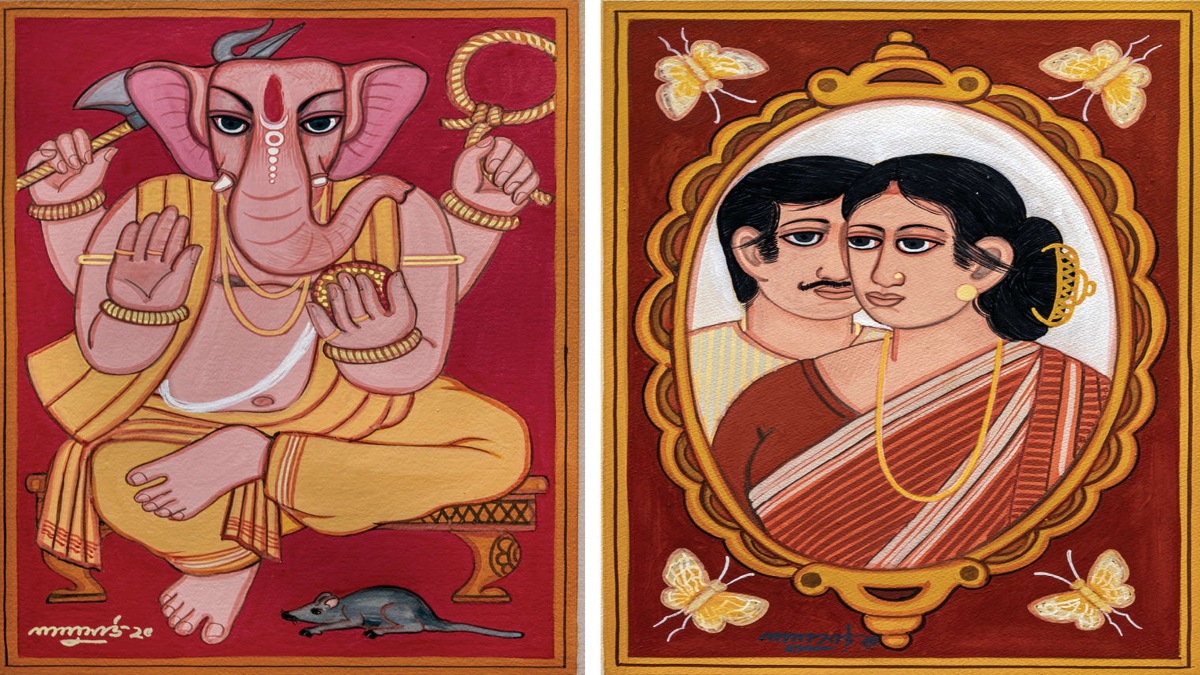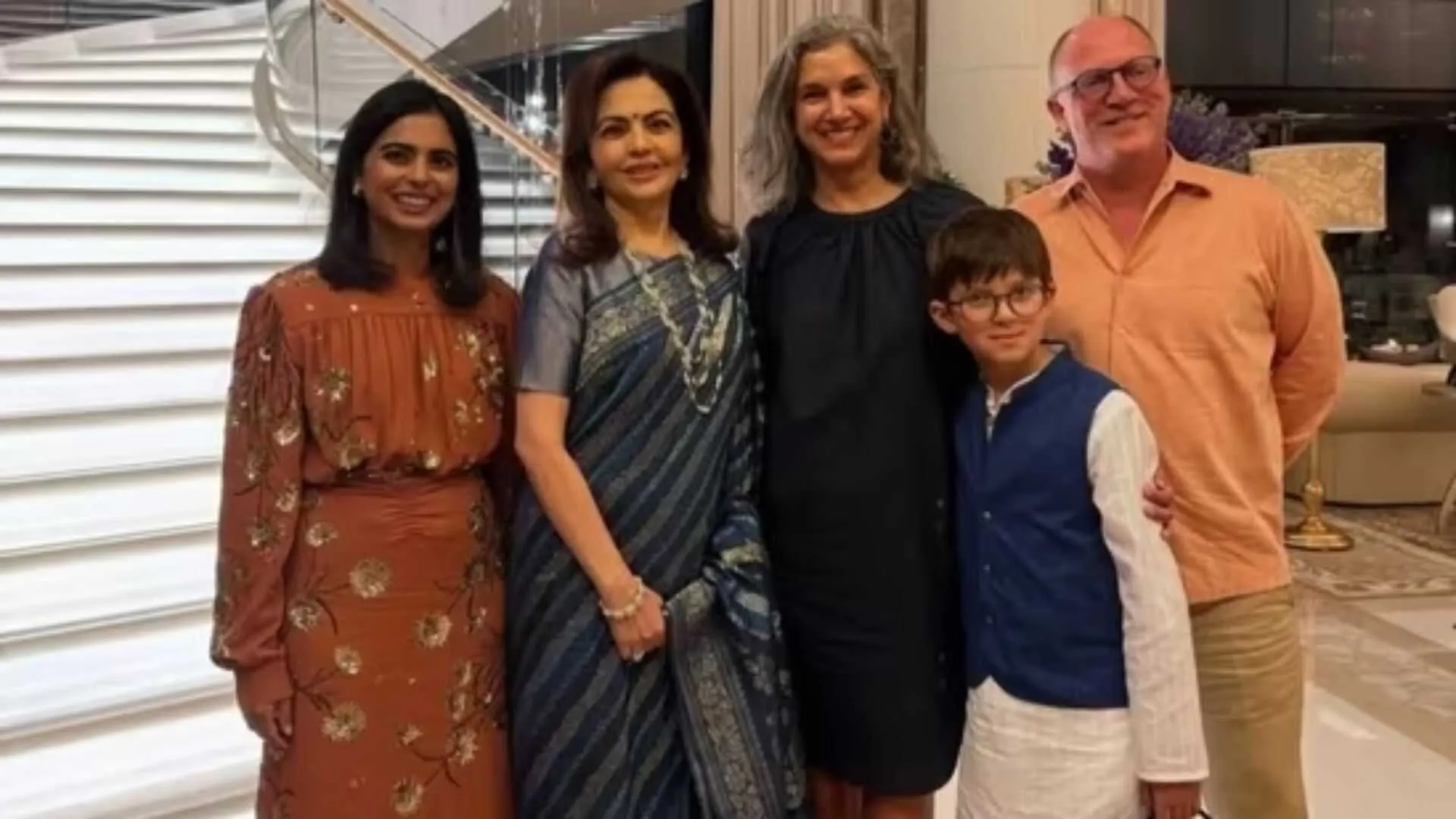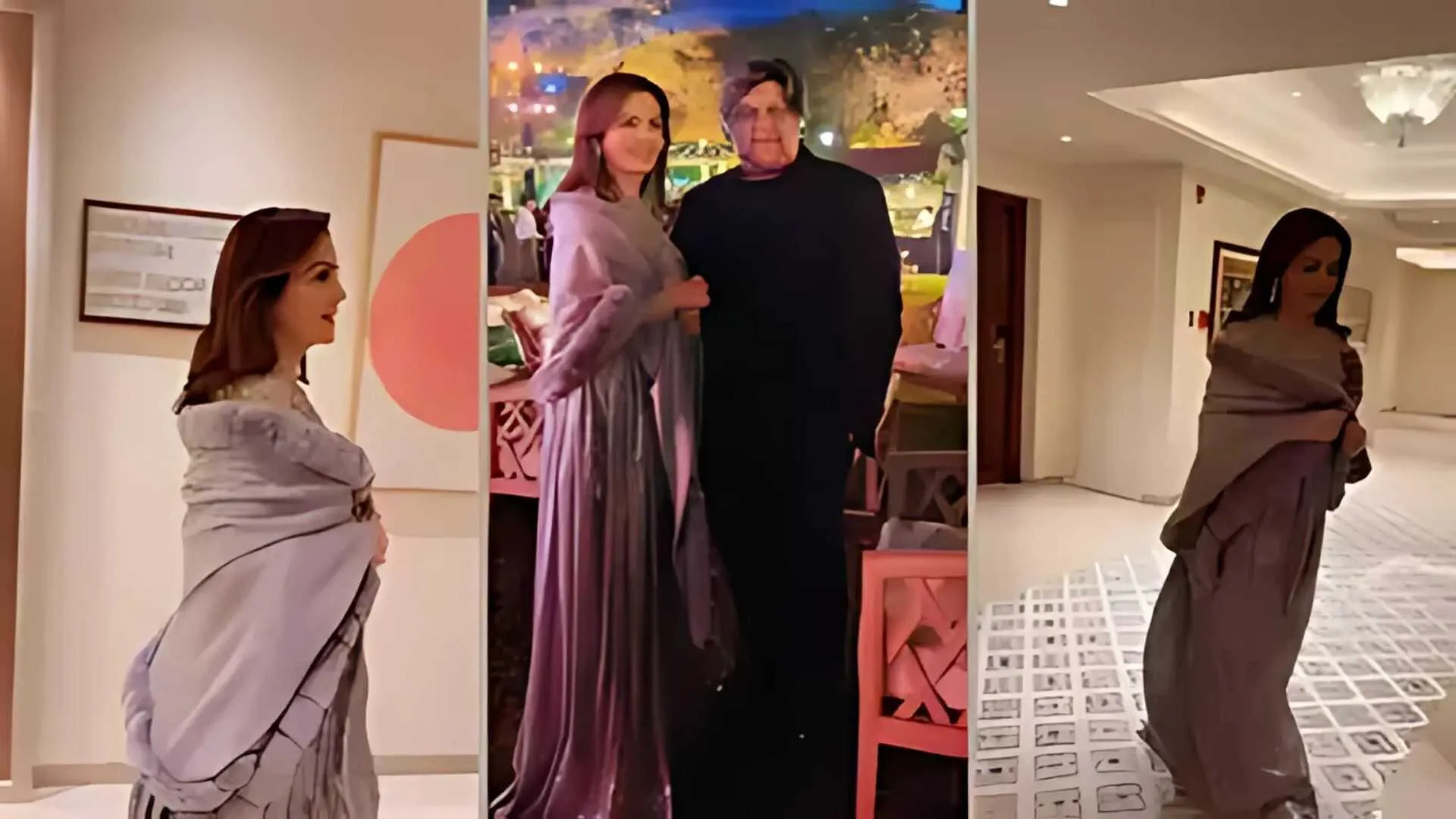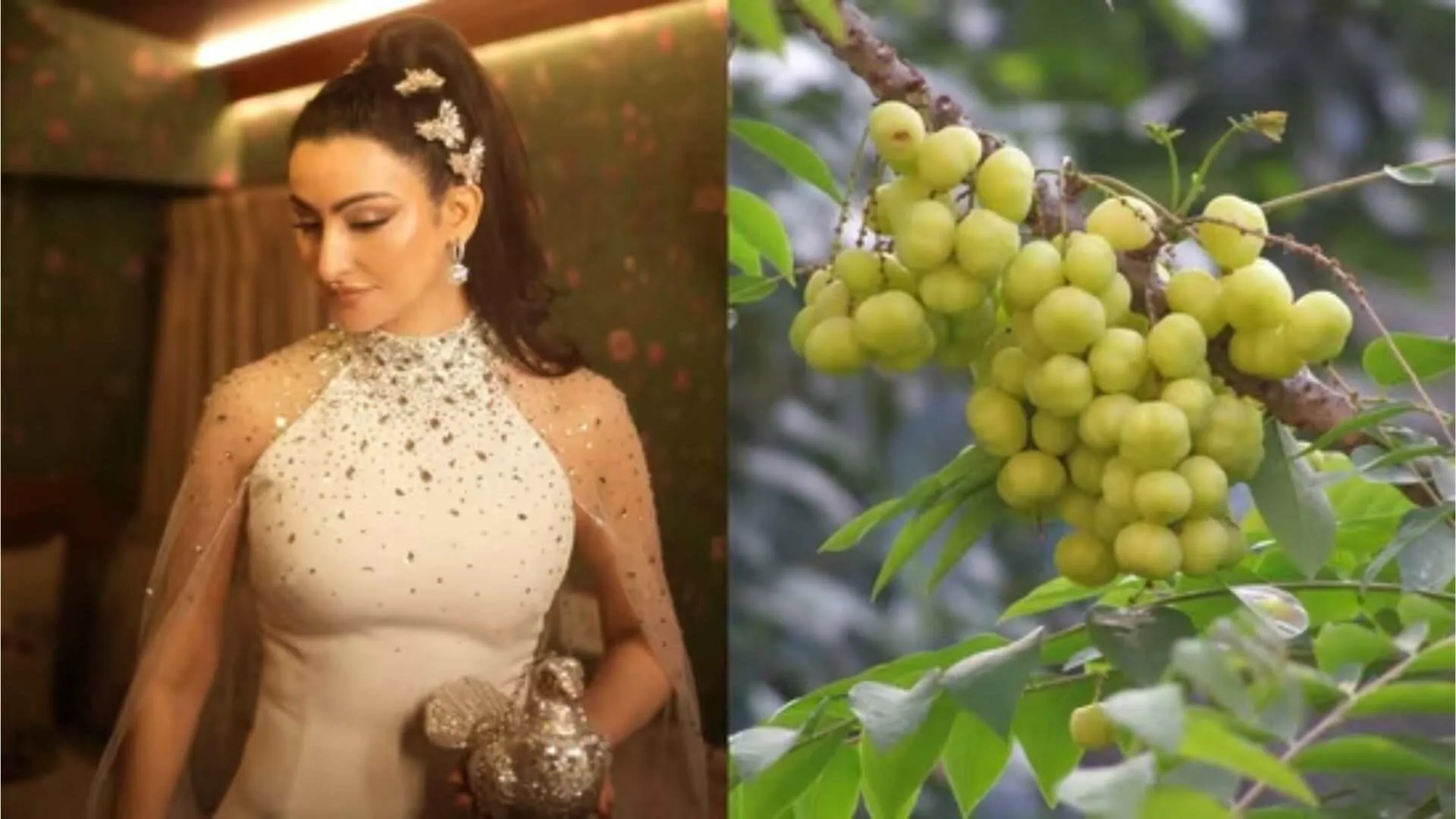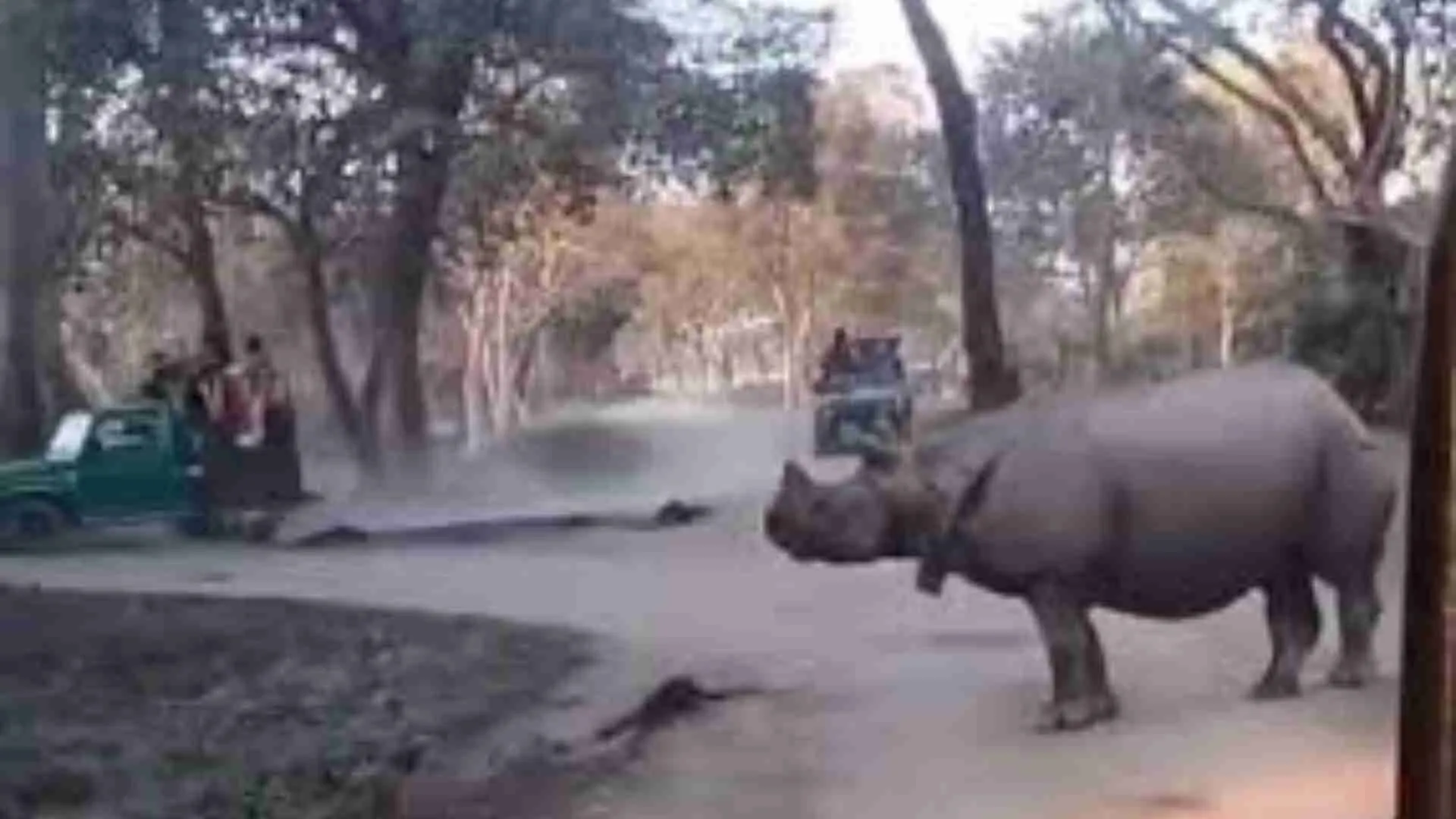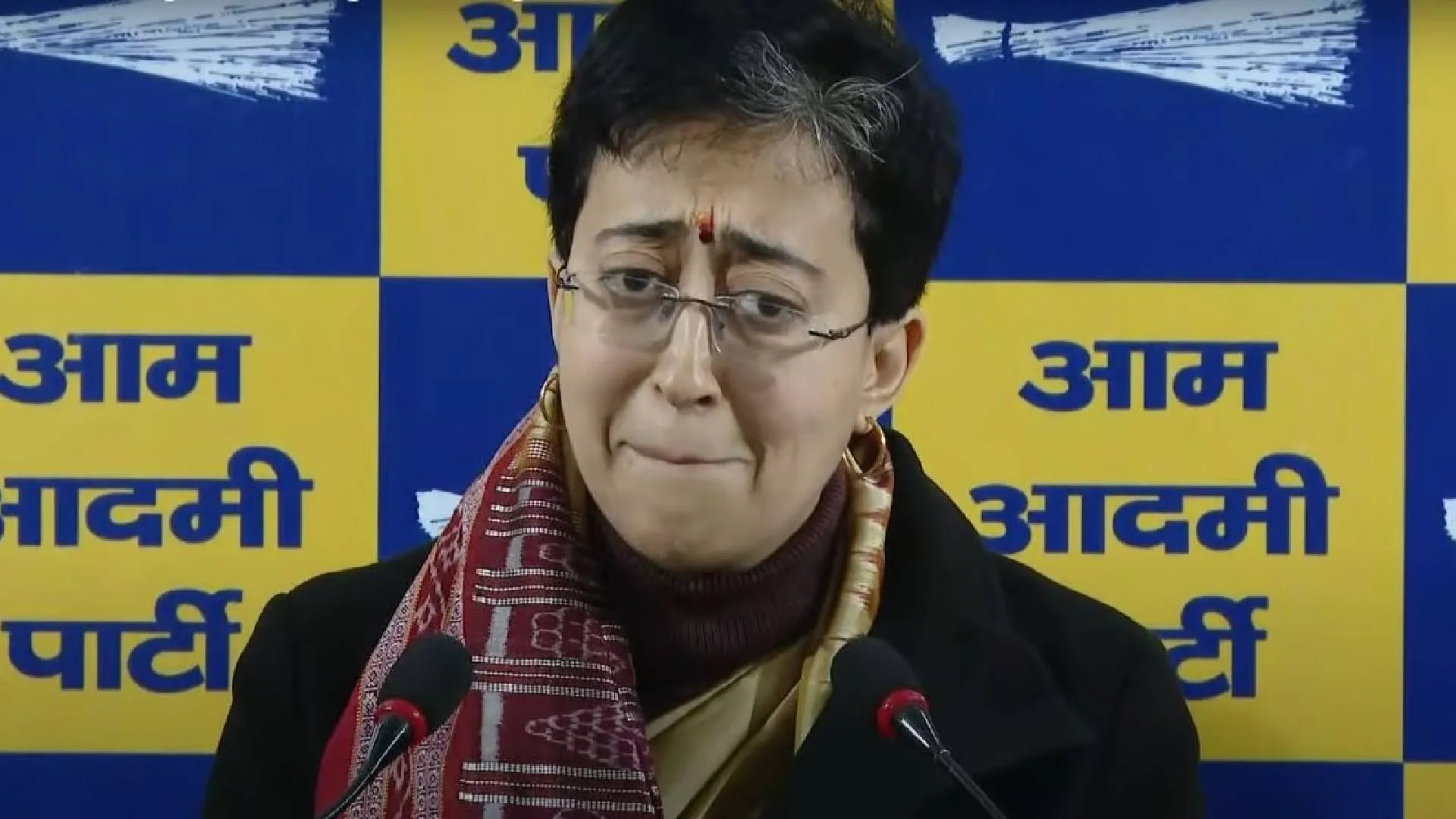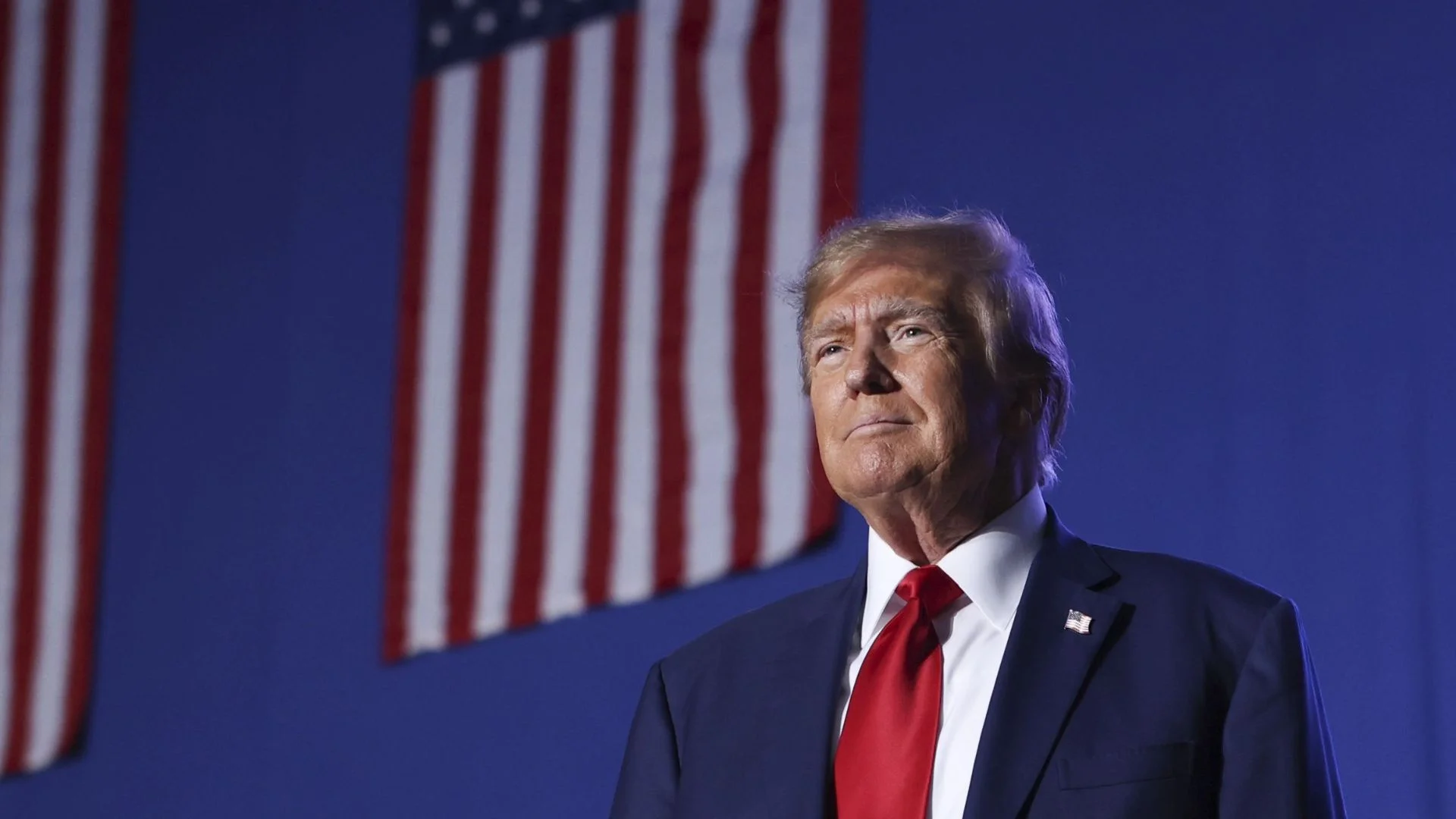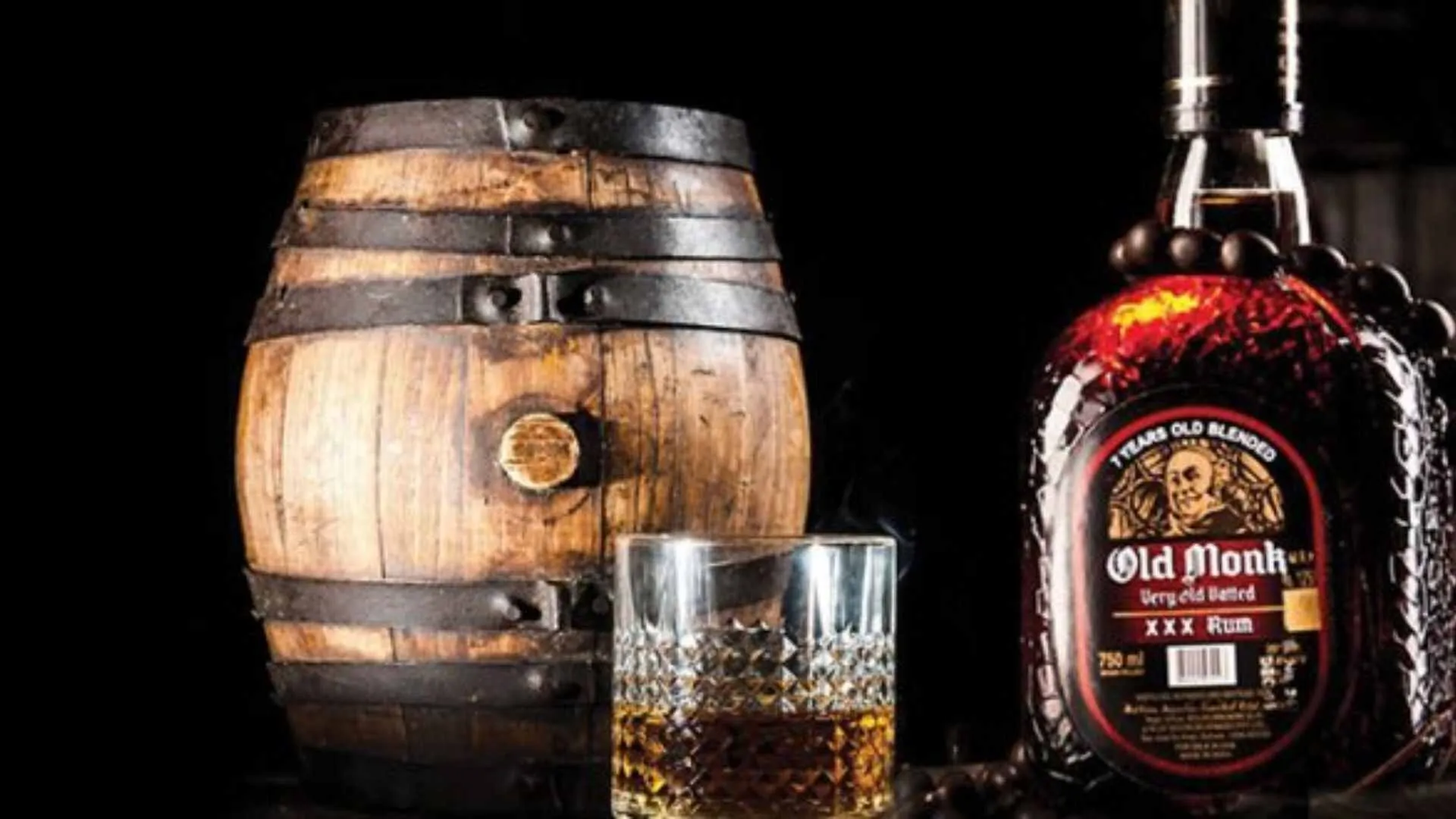An artist’s canvas is often a peep into their lives. And this is certainly true of artist Lalu Prasad Shaw. Those keen to catch a glimpse of his artistic oeuvre must visit Gallerie Splash’s exhibit “Masterly Manoeuvring,” curated by Manmeet K Walia, which is on till August 24 at Gallerie Splash in Gurugram, after having been on display for a month at Bikaner House, New Delhi. In his artistic journey, Lalu Prasad Shaw represents his ideology of nationalism through his romance with Bengali culture. Time and again, he sketches out his interpretation of beauty in the simplicity of the people of Bengal. The show also presents a documentary filmed in the artist’s studio. “Shaw talks about his artistic goals, narrates anecdotes reminiscing good old times, his attachment with the city of Kolkata, mentions the challenges he faced, shares his experiences during the journey, and compliments his long-standing affiliation with the gallery,” explains the curator. She adds, “By reimagining the cultural essence of the traditional art form of West Bengal called Kalighat Pat, Shaw drifts away from conventional storytelling while staying true to his deep-rooted association with Kolkata.” The history and creative passion in West Bengal are impregnated with culture and color, and Shaw portrays that fervour through his practice.

Ganesha



The solo exhibit echoes an evolution of Lalu Prasad Shaw’s artistic pursuit of over six decades spent creating stories. The endeavour is to give the audience an experiential walkthrough of the artist’s path by including works from his early days of printmaking, pen and ink drawings, Conte sketches, tempera paintings, and bronze sculptures. “ Born in Siuri, Birbhum, in Bengal in 1937, Shaw was surrounded by art. From his home, he could see the Malakars work their magic on the Sholapith craft, one of the traditional handicrafts of Bengal. He would keenly watch them work on sculpted idols of Goddess Durga, the puja adornments as well as the pata art to place in front of the idol. Soon, he began to explore colours and make paintings on his own. He was admitted to the Indian College of Art & Draftsmanship, Kolkata in 1953, but after a few months, he left and joined the Government College of Art & Craft, Kolkata in 1954. After graduation, Shaw taught art for 18 years, covering painting in watercolor, pastel, and clay modelling in various schools in West Bengal. He taught graphic art at his alma mater and eventually moved to Kala Bhavan in Shantiniketan.
Shaw’s artistic practise largely captures the middle-class life of Bengali men and women, who are known as the Bhadralok. His works are strongly influenced by the pre-independence Company School of art, the traditional Kalighat Patachitras, and the Ajanta cave paintings. Walia shares, “Shaw’s highly stylized paintings reflect his interest in patterns, where each minute detail is called in for its significance, reminding one of the miniature portraits of the past. It is while working at the Kala Bhavan, at the photography studio in Shantiniketan, that he closely observed the Bengali babus who come in dressed in dhotis, and the ladies decked up in their best saris, posing with flowers or a mirror. They soon became his muse, and he is best known for his images of babus and bibis, depicted in tempera. “ Shaw began dabbling with printmaking at the age of 32, mastering it very quickly. Over the years, he experimented with both abstraction and figuration. He was fond of discovering new ways to depict the image. Yet, at age 80, Shaw returned to his muse, the middle-class Bengali, but as bronze sculptures.
“With his new sculptural work, Shaw chooses to focus on many familiar Kolkata tropes. These are trams, hand-held rickshaws, fish markets, and middle-class people. His personal favourite is ‘Babuana’, the sculpture which depicts a Bengali babu walking with a fish in one hand and resting an umbrella on the other, for which he used a hilsa fish as a mould to add authenticity to the work, “shares Walia.”
Shaw’s work has featured in prestigious shows, including the second British Biennale in London in 1970; two Norwegian Print Biennales in 1974 and 1978; the seventh Paris Biennale in 1971; and the second Asian Art Biennale in Bangladesh in 1984. His works are also part of permanent collections like the Birla Academy in Calcutta and the Art Forum in Singapore. His notable achievements include many arts-related awards. On the occasion of this new exhibit, he says, “The inspiration behind my painting is nothing but space, form, and light.” I try to paint the people around me, their attire, and their life. My artworks have great meaning behind them, which cannot be felt by just glancing at them once or twice. You must observe my paintings to feel them. My Babu and Bibi do not wear modern outfits or clothes; they only wear traditional dresses like Dhotis and Sarees. My journey in art began with pain and discouragement. People around me said it would be futile. Nevertheless, I decided to pursue art. “ and we are all glad he did.
Noor Anand Chawla pens lifestyle articles for various publications and her blog, www.nooranandchawla.com.

